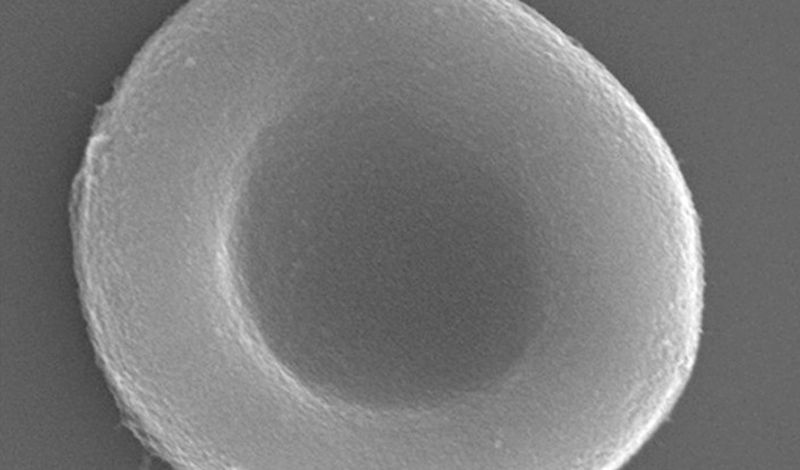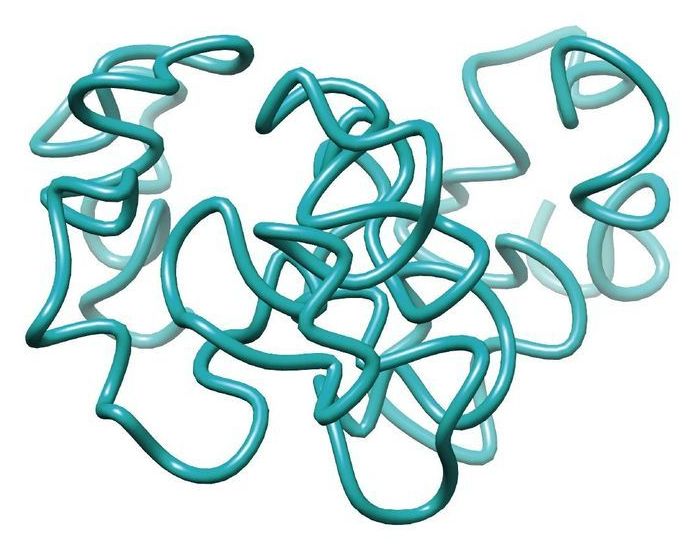Jun 10, 2020
This device can read your medical history in a drop of sweat
Posted by Brent Ellman in categories: biotech/medical, health, wearables
“ “The monitoring of human health and well-being with the use of wearables is considered critical in the next generation of biomedical devices,” write the authors. “[But] most existing paper-based devices are designed for one-time use only, functioning under relatively intense capillary flow into the paper, which ceases upon saturation… [Our approach] can function as a key part of a platform for long-term sweat sampling and biomarker monitoring.””
Researchers have designed a paper-based wearable device that can monitor your sweat for 10-days at a time to detect important information about your health.
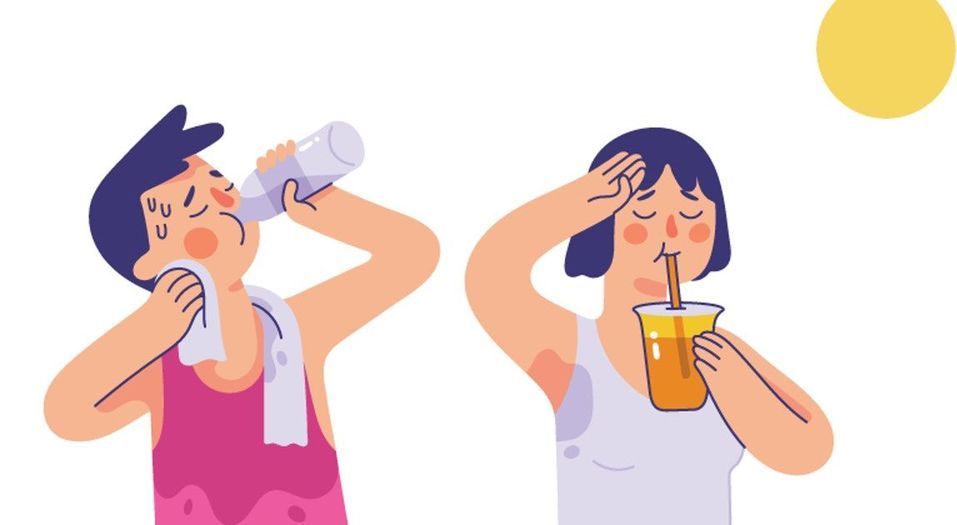
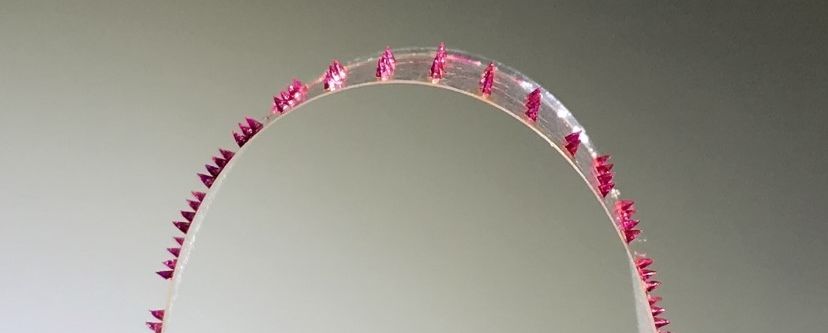

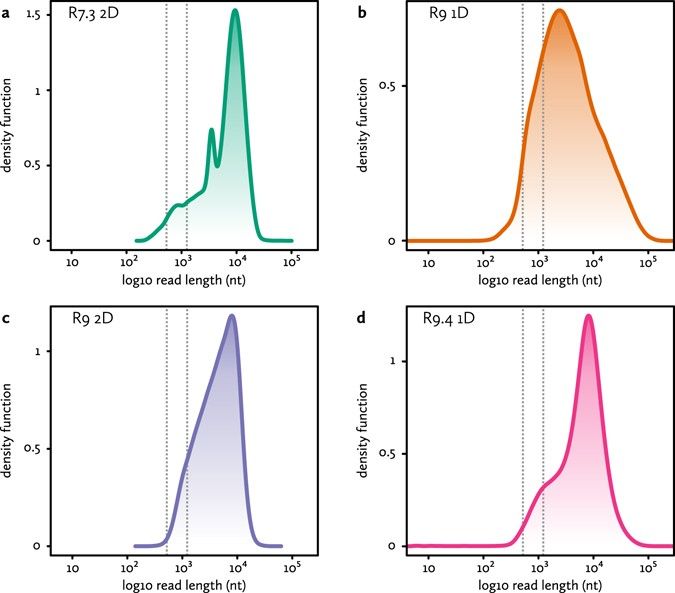
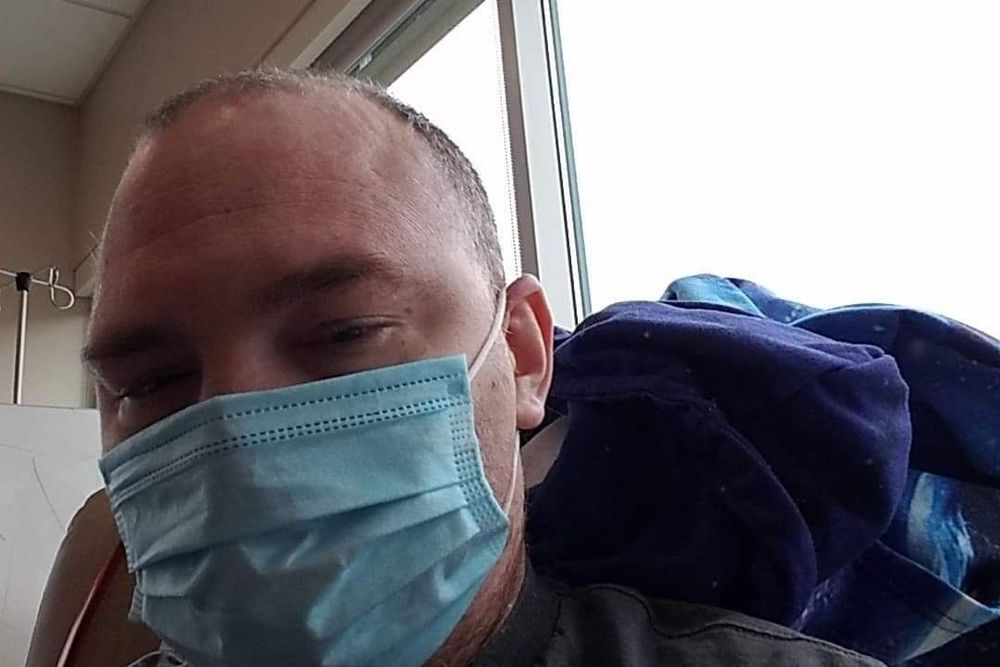
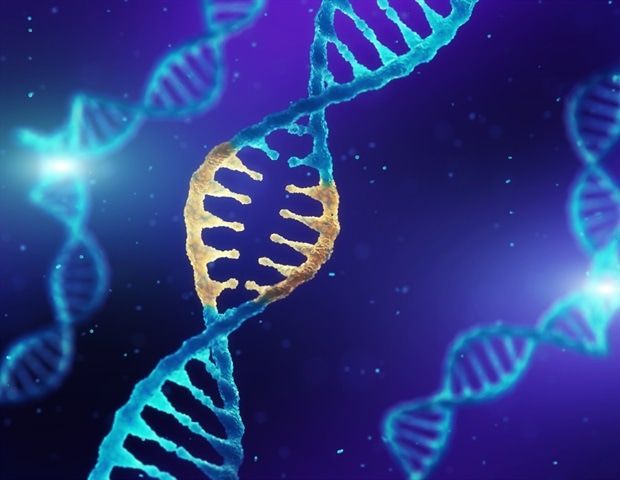
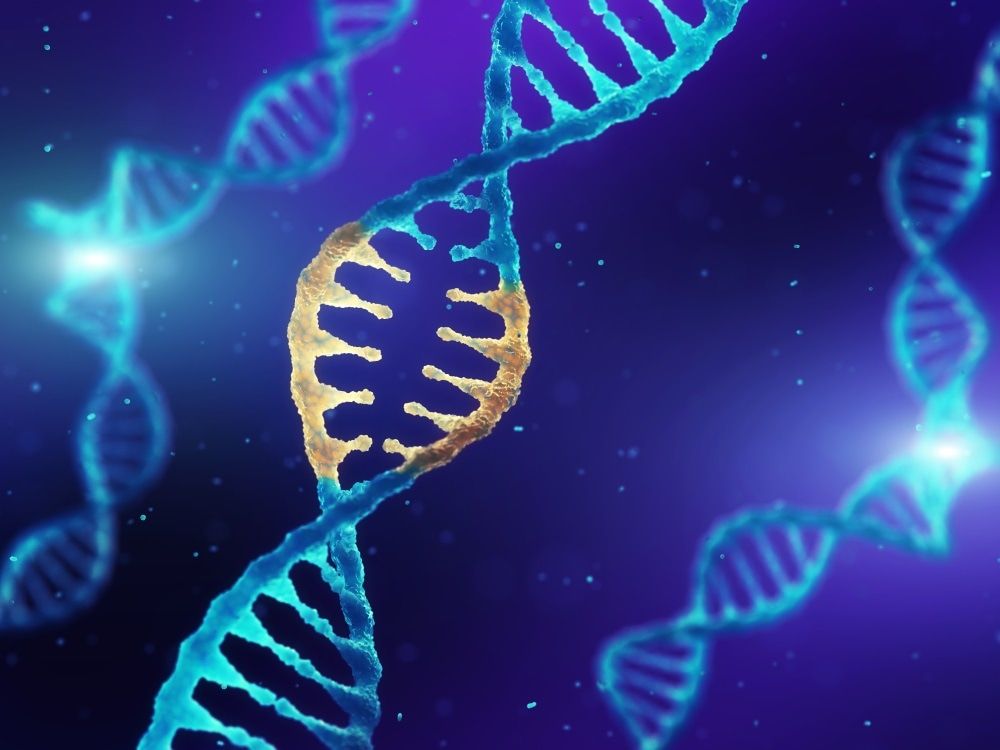 Image Credit: nobeastsofierce /
Image Credit: nobeastsofierce / 
